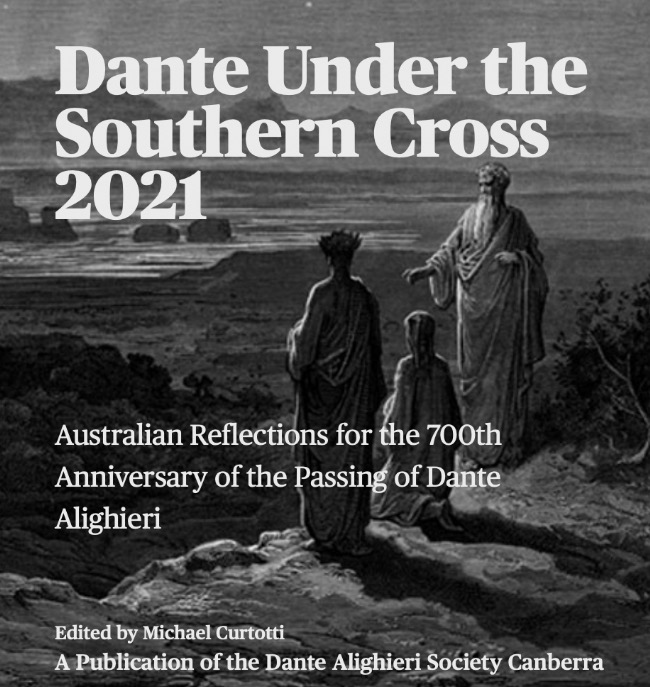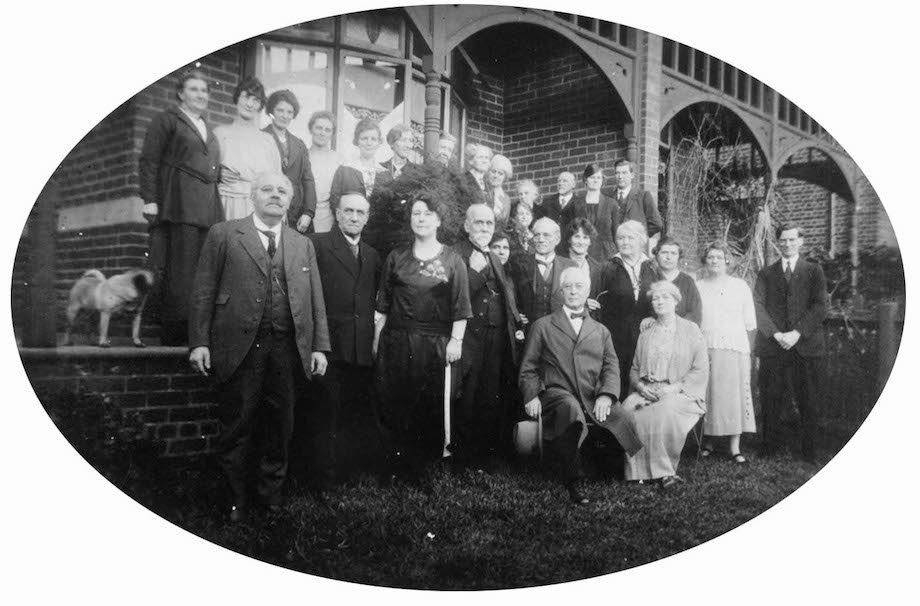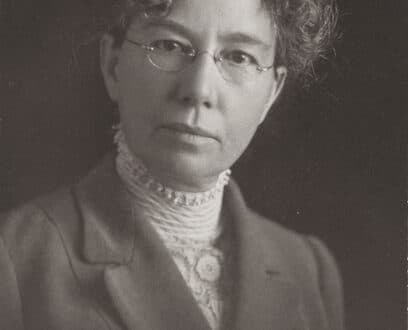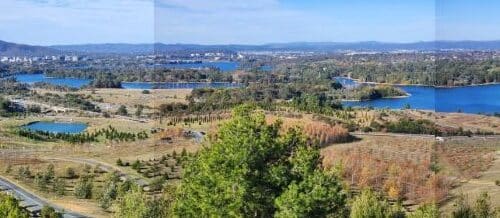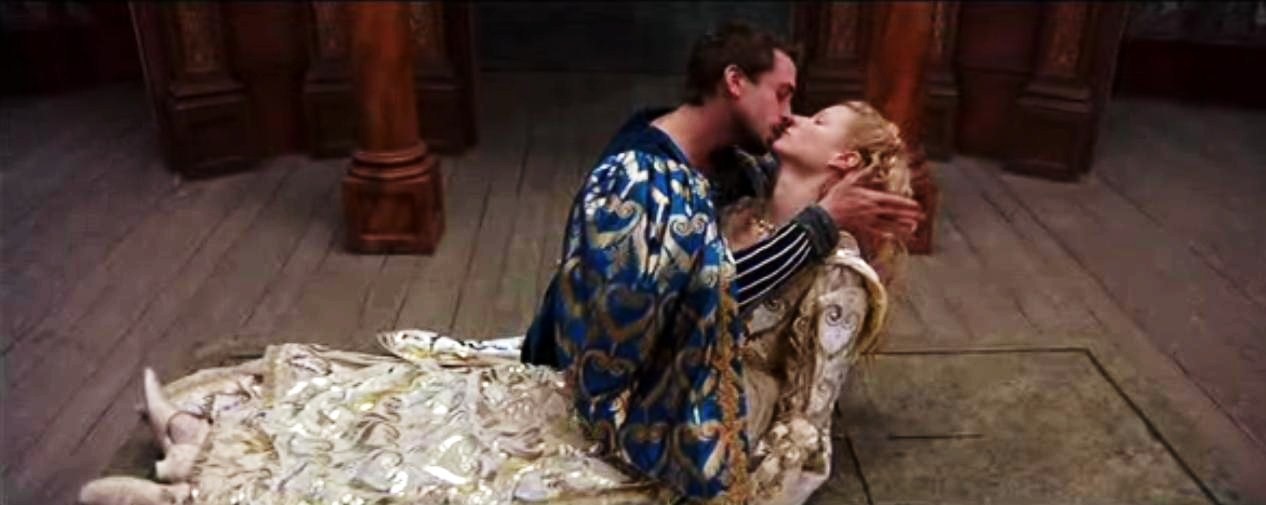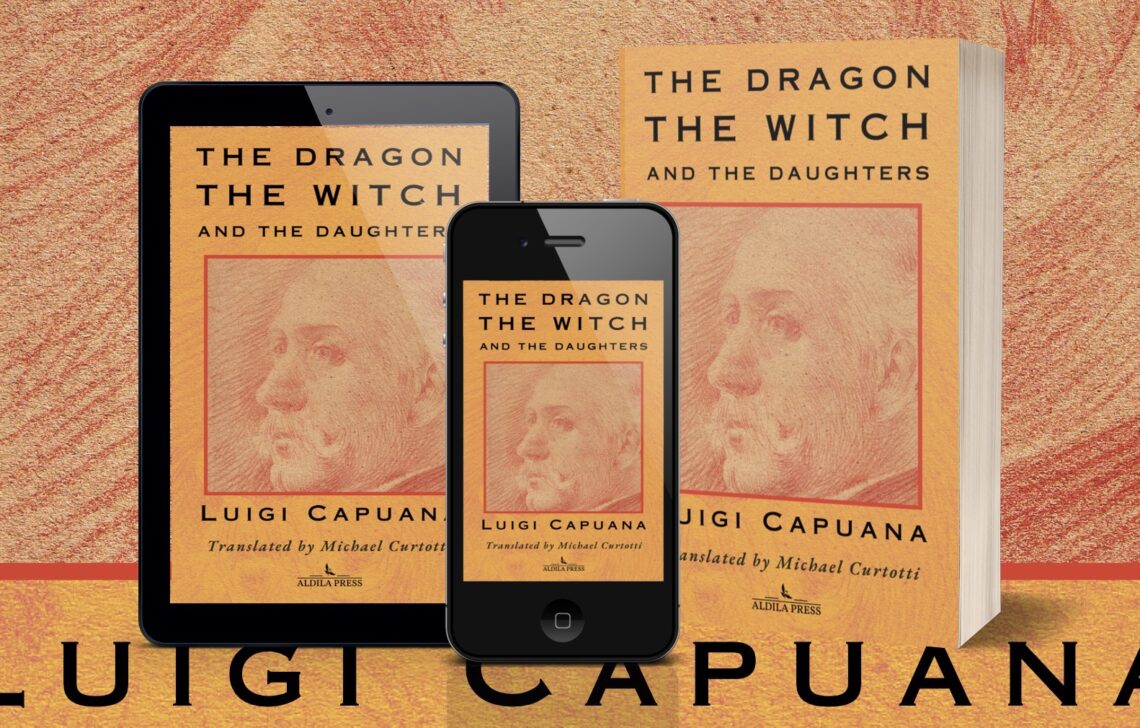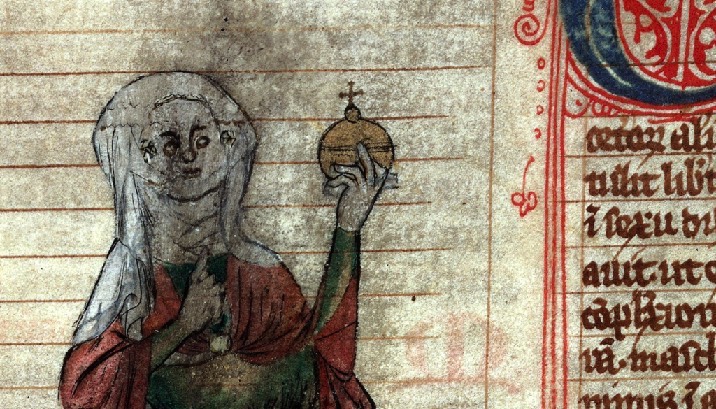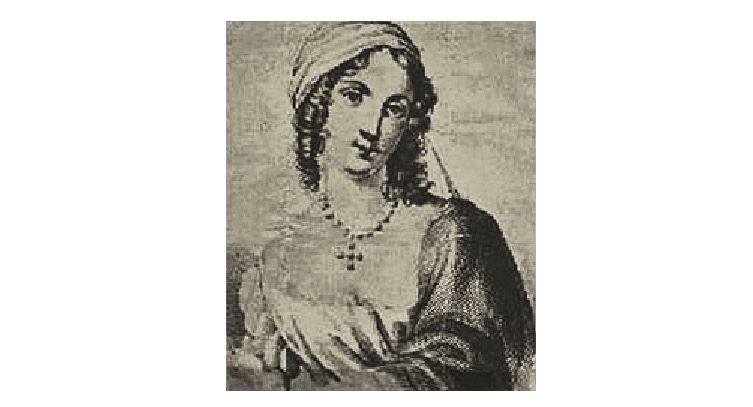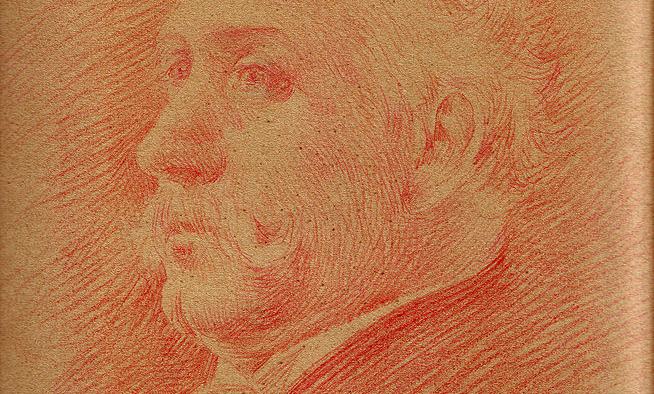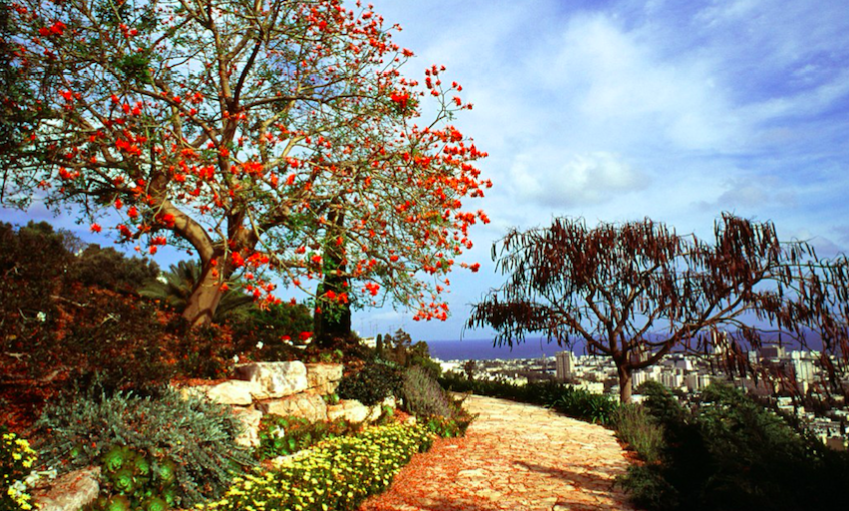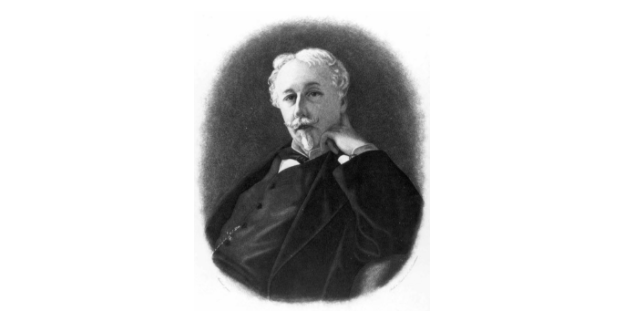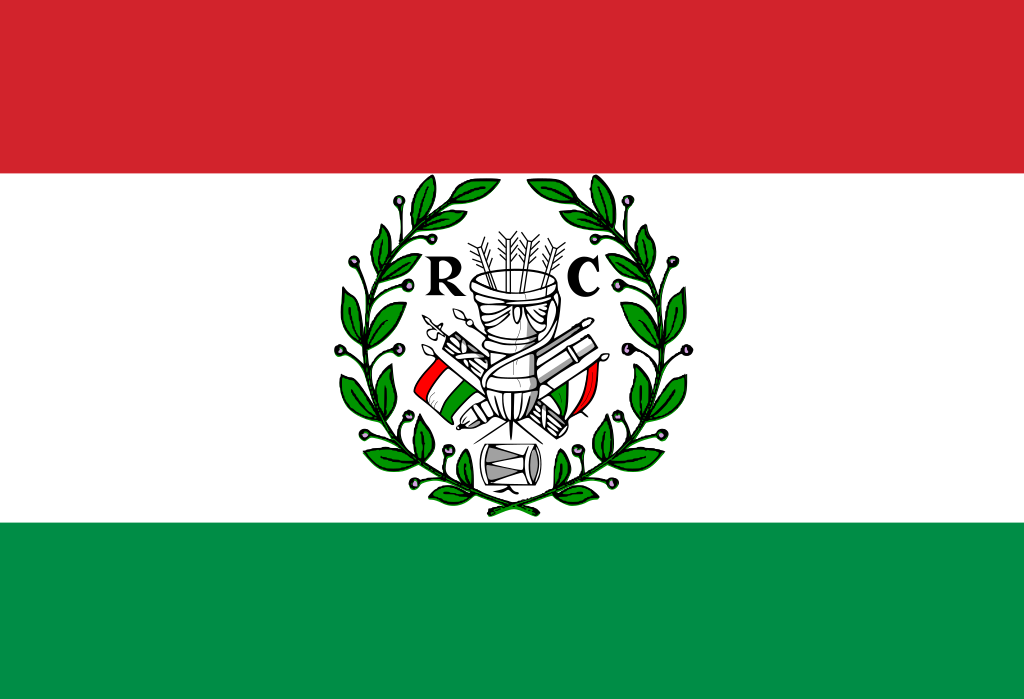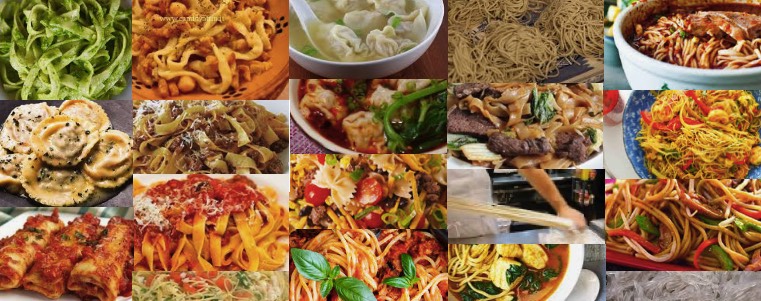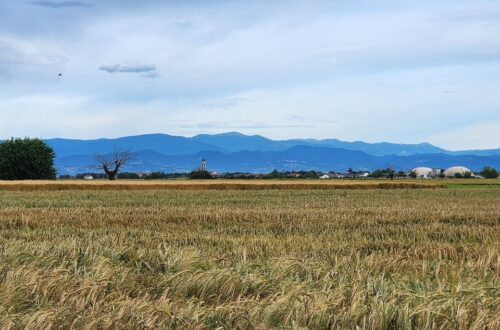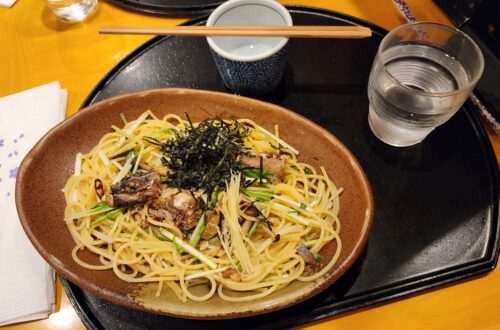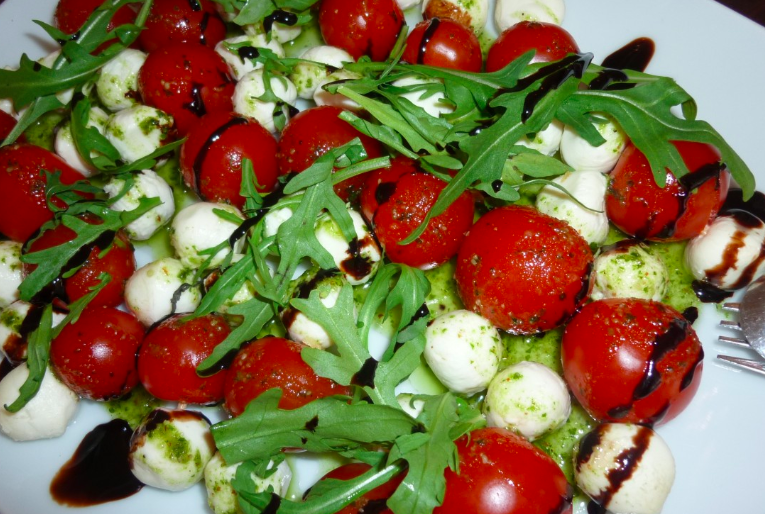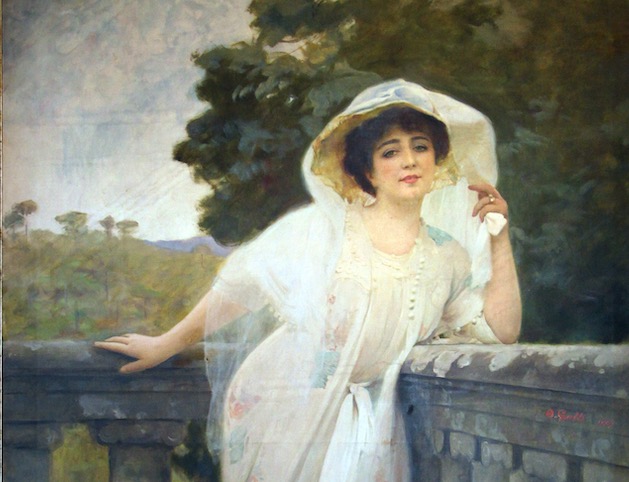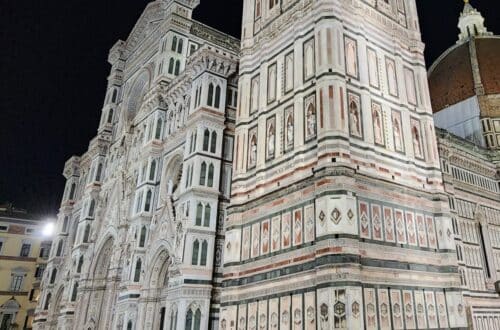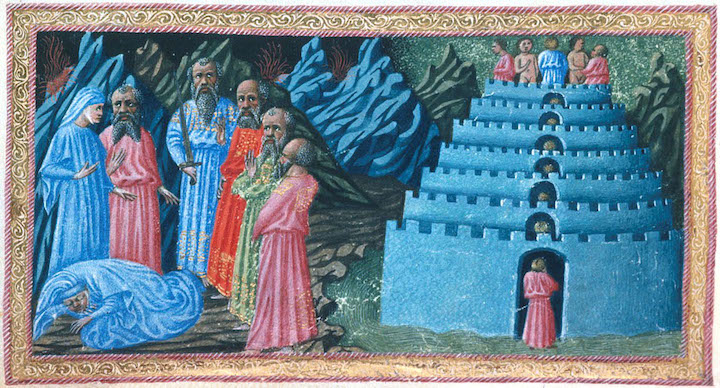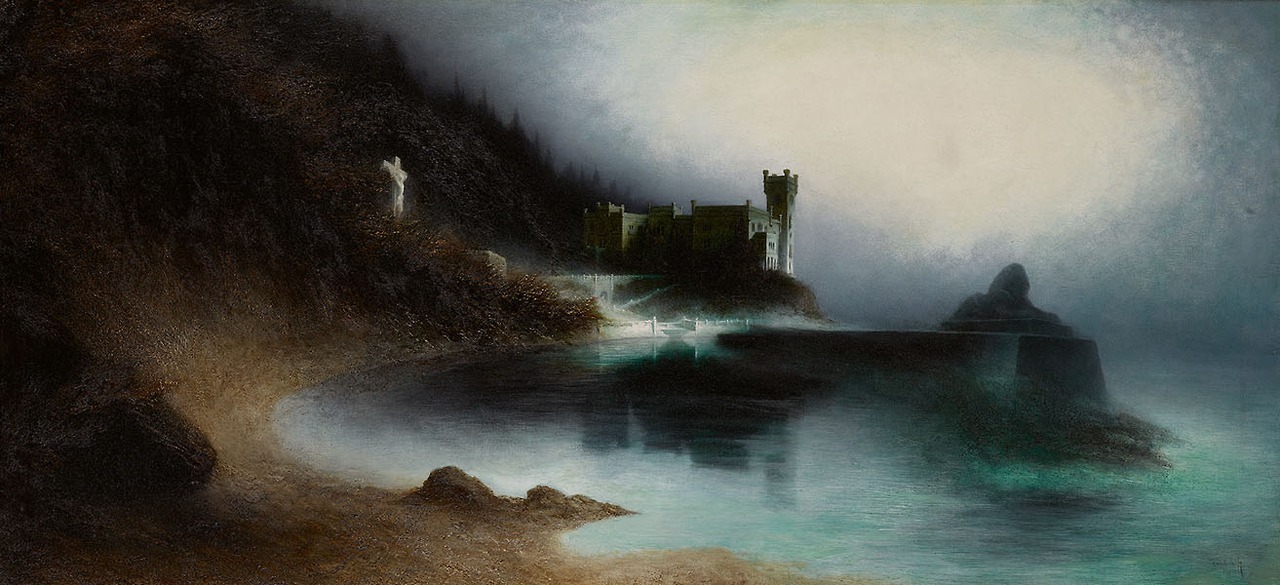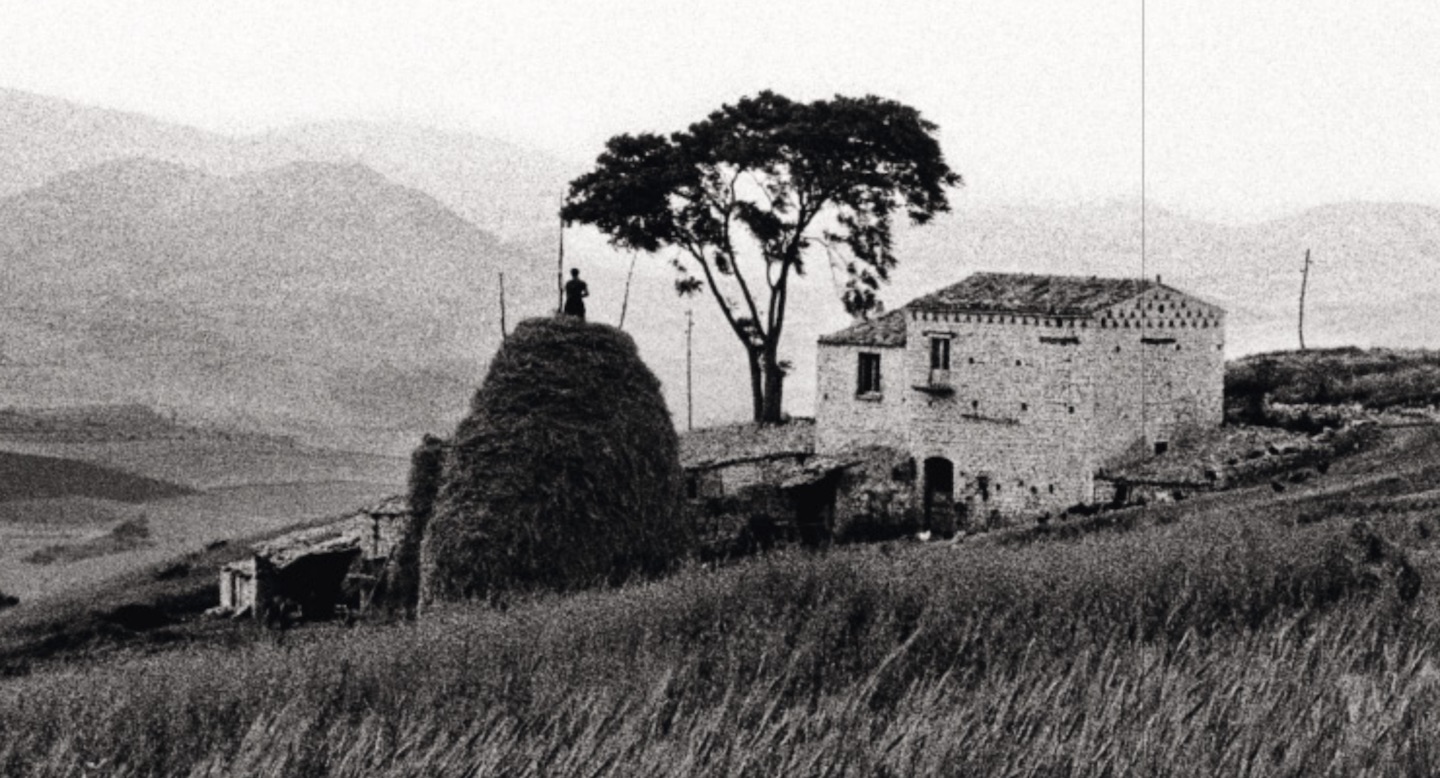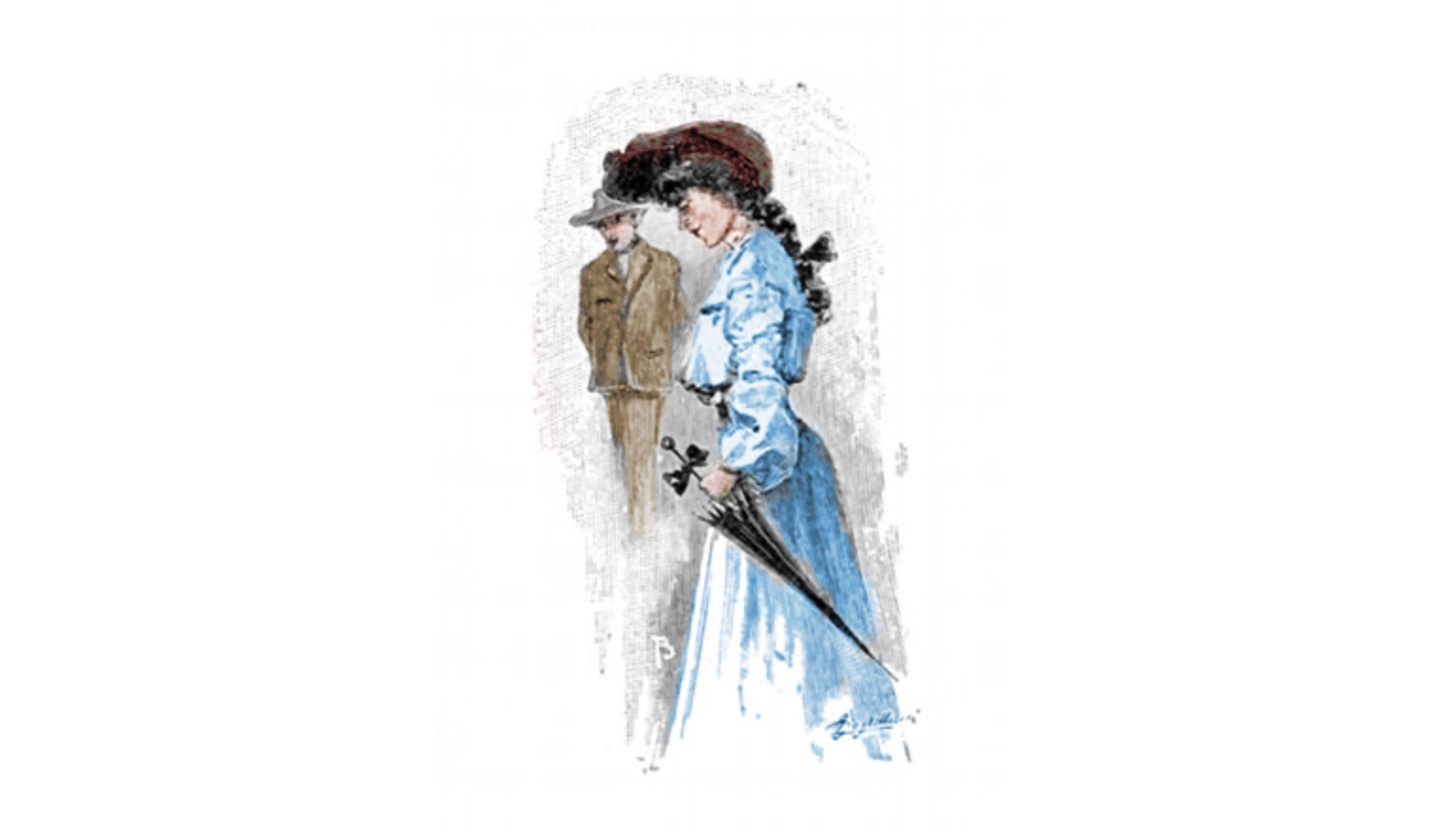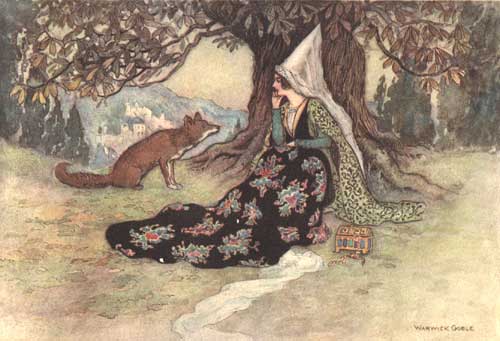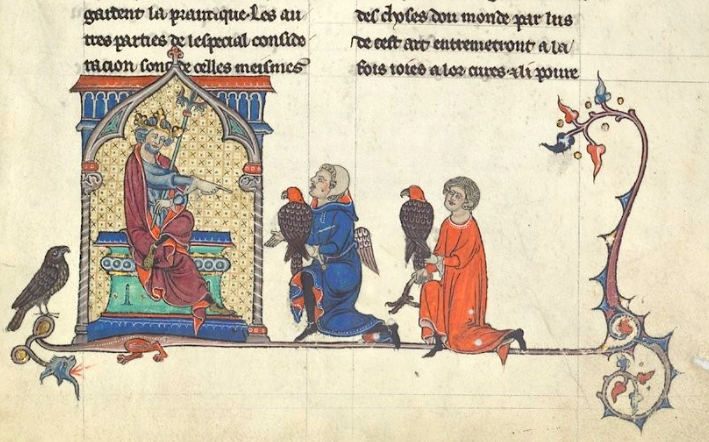-
Dante under the Southern Cross: Australian Reflections on the 700th Anniversary of the Passing of Dante Alighieri
Does Dante Alighieri, an Italian poet who died more than 700 years ago, really have anything to do with gum trees and koala bears? It’s that kind of question that drew together Australian Dante Alighieri Societies to talk about Dante, in a series of presentations around Australia which stretched from Perth to Brisbane. Despite the fact that Dante never knew of Australia’s existence, he did think about us in a way. He wondered what the stars might look like under southern skies, and he put four stars he imagined above our heads. Did he know about the Southern Cross? Some think, maybe he somehow he found out about it. Maybe…
-
Shakespeare in Love: A Case of Cultural Appropriation?
Shakespeare didn’t write Romeo and Juliet. No! Wait, what? Shakespeare didn’t write Romeo and Juliet!?? That’s right. If the fact Shakespeare set the play in fair Verona didn’t give it away, Shakespeare didn’t create the story of Romeo and Juliet. So no, Shakespeare’s first draft of Romeo and Juliet didn’t read “Romeo and Ethel, the Pirate’s Daughter” as Shakespeare in Love portrays it. And, plot spoiler, no true-life English love of Shakespeare’s inspired the character Juliet. Nor was the war of the two houses of Verona “both alike in dignity” inspired by two playhouses duking it out for writers and audiences in London. Don’t get me wrong. I loved the…
-
The Dragon the Witch and the Daughters by Luigi Capuana (English Edition)
From a master of Italian verismo comes a classic short story of the genre, but with a twist. As characters come into conflict with each other, and “the Dragon” with himself, Capuana weaves together the grimness of real life with threads of subtle fairytale. For the first time translated into English by Michael Curtotti, The Dragon the Witch and the Daughters, transports us into the life of a nineteenth century village. Don Paolo Drago, “dragon by name, dragon by nature,” appears to dominate this world, yet he barely controls his own thoughts and feelings. Despite himself, he is drawn into the destiny of two orphans. Yet tragedy stalks the life of Don Paolo.…
-
Rings of Power: true to Tolkien’s vision or ‘woke’ distortion?
Tolkien was an enormous part of my world when I grew up. I was and am a Tolkien nerd. But in those years, his works lived a sub-culture and very few knew about the Lord of the Rings and fewer still bothered to read the books. That was, of course, before Jackson’s movies made the Lord of the Rings a global phenomenon. My version of Tolkien is the book version, which as is well-known, Tolkien fans regard as the ‘gold-standard’ for any portrayal in film. Jackson’s films were a breakthrough in presenting Tolkien’s world – but the gratuitous action and violence added to the scripts represents crass commercialisation – for…
-
The Flag without a Country: the Origins of the Italian Flag
The red, white and green of the Italian flag is well-known as a symbol for Italy. The Margherita pizza celebrates its colours. Its colours are displayed at every national celebration. But where does the flag come from and how did it come to be the national banner of Italy? As with many good stories, the story of the Italian flag has a backstory. Sure it was carried by Giuseppe Garibaldi and his thousand red-shirts when they landed in Sicily in 1860, but the flag was already more 60 years old by then. The backstory indeed doesn’t start in Italy at all. The resemblance of the Italian flag to the French…
-
When Malaria in Italy was a National Disease
At the end of the 19th century, up to 20,000 Italians died every year from malaria and millions were infected. Even the word is Italian: “la mal’aria” – the bad air – a phrase to describe the mysterious and then unknown causes of the disease, which was attributed to the “bad air” of swampy ground. Malaria arrived in Italy in ages past, and was there when the ancient Greeks began to build their cities on Italy’s shores. The story of the effects of malaria is recorded in the collapse of the once flourishing city of Posaedonia (today Paestum). Founded about 600BC, its ancient Greek temples still draw tourists from around…
-
Caruso: Dalla’s Song of Love, Pain and Death
The song Caruso has genius in its verses, and it is one of the most popular songs Italy has given the world. The verses of Caruso came to singer songwriter Lucio Dalla in a burst of inspiration. “Ti voglio bene assai”: I love you very much. Such words (in any language) are among the most meaningful human beings share with each other.They are words which, with “Tanto tanto bene sai” – So much, so much, you know, resonate in the chorus of the song. Yet these words are not where the song begins. Rather we are on a Terrazza, overlooking the “Golfo di Sorriento“. It is one of Italy’s most…
-
Giosuè Carducci and Miramar Castle
Mexico gifted Italy the tomato. Italy sent back an Emperor. It wasn’t a fair exchange. And it wasn’t welcomed. The story begins in Miramar Castle and Giosuè Carducci is our story teller and his poem Miramar can be read below. Carducci came to the castle when it was already a place where ghosts whisper of the past. However the journey that took him to the castle passes through one of the most turbulent eras of Italy’s history. Carducci was born in 1835 and lived to see the birth of the new country of Italy. However he was not just a passive spectator. He was a passionate advocate of the Risorgimento.…
-
Lacedonia – Frank Cancian’s Pictures of a Disappearing World
In 1957, it must have been a trip of a lifetime. Frank Cancian was going to Italy. An American student, child of Italian immigrants, he had won a Fullbright scholarship. The project would combine his love of photography and his studies in anthropology. He would use his camera to document the life of Lacedonia, a town in the hills of Avellino. To reach Lacedonia you have to climb into the Apennines to the east of Naples. In ancient times this had been the land of the Samnites, Rome’s bitter enemies, who had long resisted conquest. Later it became the border lands of southern Lombard duchies before the Normans placed their…
